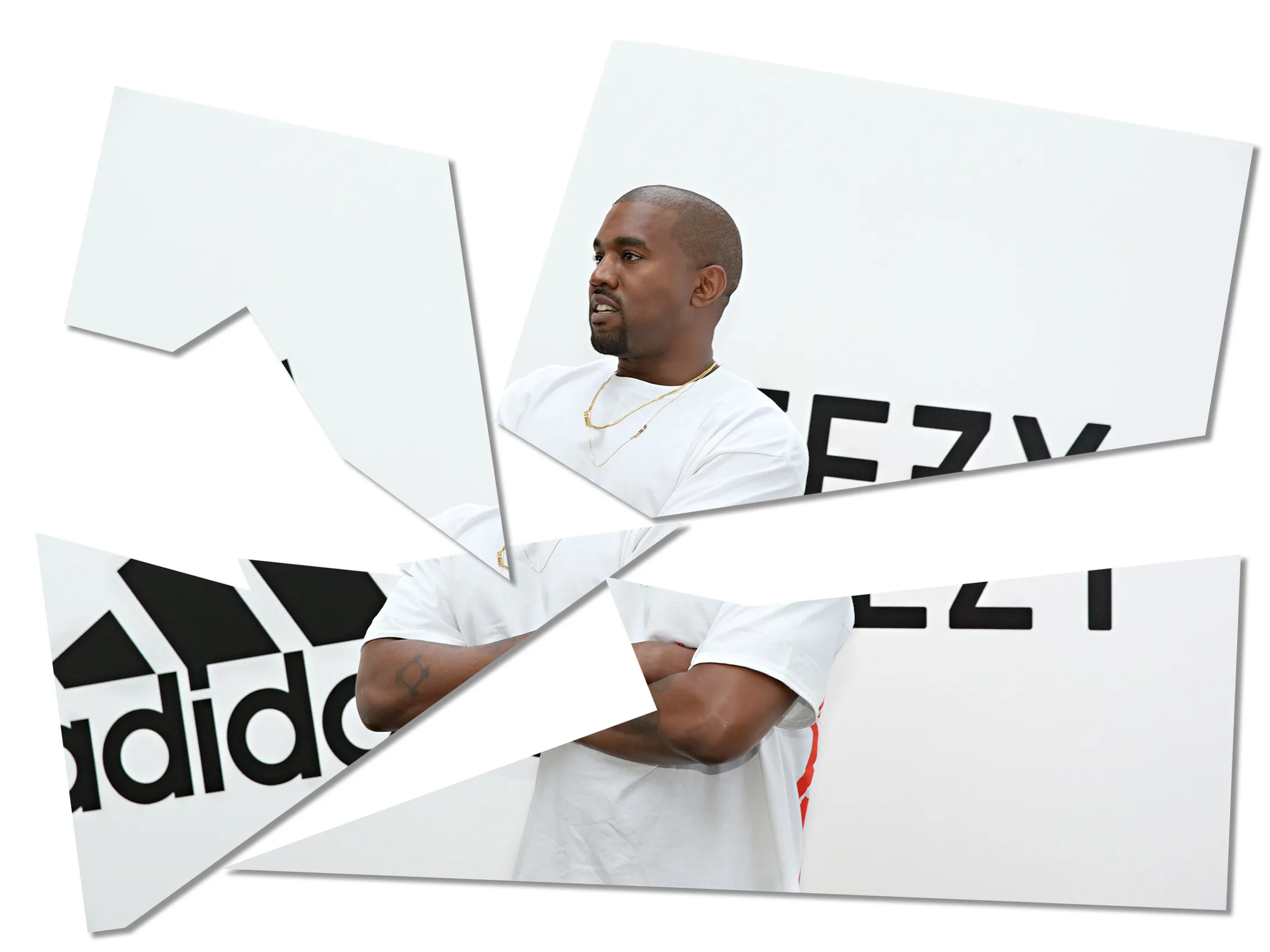Brands Risk It All on Scandal-Soaked Celebrities, Why?
- tracyngtr
- Mar 24
- 3 min read

When Johnny Depp walked into a courtroom, Dior stayed seated next to him. When A$AP Rocky walked out of prison, Ray-Ban handed him creative control. Robert Downey Jr. went from mugshots to Marvel. In today’s media jungle, the antihero isn’t just forgiven, he’s hyped. This whitepaper unpacks why some brands dare to play with fire, and how they sometimes spark gold.
Influencer marketing has always been about controlling clean faces, broad appeal, zero baggage. Brands chose ambassadors who wouldn’t stir headlines, certainly not court summons. But some are rewriting the playbook by embracing a risk calculus where controversy doesn’t kill a brand but fuels it.
Over the past two decades, brands have begun treating scandal not as a liability, but as narrative leverage. In the early 2000s, Robert Downey Jr. was best known for courtroom appearances and rehab headlines. Marvel didn’t distance itself, instead, handed him Iron Man, betting that audiences would embrace a comeback. That choice became the foundation of a billion-dollar cinematic universe.

Fifteen years later, Johnny Depp was on trial for alleged abuse and Dior, unlike nearly every other brand partner, stayed silent and stayed close. Sauvage then climbed the sales charts as fans rallied behind him. This wasn’t about innocence or guilt but about emotional allegiance.

Then in 2025, Ray-Ban appointed A$AP Rocky, six years after a high-profile prison sentence in Sweden. Instead of scrubbing the controversy, the brand leaned into Rocky’s cultural clout and Gen Z’s appetite for authenticity.
Across these three eras, one through-line holds: when brands manage the scandal instead of fleeing from it, they don’t just survive the backlash. They reshape it.
Brands betting on scandal works precisely because today’s audience rejects manufactured perfection and embraces complexity. Robert Downey Jr.’s redemption from troubled actor to Marvel superhero resonated because redemption arcs hit emotional chords deeper than scandal ever could; Iron Man didn’t erase his past, it humanised him. Dior’s refusal to abandon Johnny Depp tapped directly into a culture exhausted by cancel narratives, turning loyalty itself into brand equity once Depp’s courtroom victory validated public sentiment. Similarly, Ray-Ban’s strategic move to appoint A$AP Rocky speaks directly to consumers’ appetite for authenticity, particularly in fashion, music, and lifestyle circles where edginess signals credibility. As Rocky’s first Ray-Ban collection launches in April 2024, the test isn’t acceptance of his past but the marketing potency of its rawness.
"The anti-hero subverts conventional heroism. They’re flawed, relatable and sometimes, courting controversy." - Anita Kirkbride
Not every scandal converts neatly into brand equity, some ignite immediate and irreversible backlash, becoming textbook cases of cancel culture. When Kanye West spiraled into antisemitic hate speech, Adidas initially hesitated. That silence translated into complicity, costing over $1 billion and long-term reputational harm. Similarly, Balenciaga’s 2022 campaign featuring children holding controversial imagery crossed a moral boundary that consumers quickly marked as unforgivable.
Unlike Johnny Depp or Robert Downey Jr., who were perceived as flawed but individually redeemable, Kanye and Balenciaga violated broader moral taboos involving hate speech and child exploitation—areas where society leaves no space for ambiguity or nuance. Audiences forgive personal failings when framed as struggle or redemption, but systematic offenses, especially those against vulnerable communities, trigger moral absolutes. Here, no courtroom or redemption arc can reclaim lost equity. Brands navigating scandal should understand the psychological threshold: personal imperfection can be humanized, systemic wrongdoing cannot. While strategic risk-taking can yield loyalty and cultural resonance, misjudging moral thresholds is commercially fatal.

As the Strategic Risk Matrix reveals, it’s not the scandal itself, but the alignment between scandal type and audience tolerance that determines whether a partnership combusts or converts. Brands that thrive in scandal understand whether they’re in the green zone of cultural heat, the yellow zone of polarisation, or the red zone of reputational collapse. Marvel, Dior, and Ray-Ban made bold bets but each aligned scandal, story, and segment. Balenciaga and Adidas didn’t.
In a media ecosystem obsessed with contradiction, forgiveness is still on the table. But only for brands that play the right scandal, to the right crowd, at the right time and tell the story before someone else does. In 2025, the riskiest move isn’t standing by the ‘bad guy.’ It’s failing to recognize which ‘bad guys’ your audience has already forgiven.







Comments